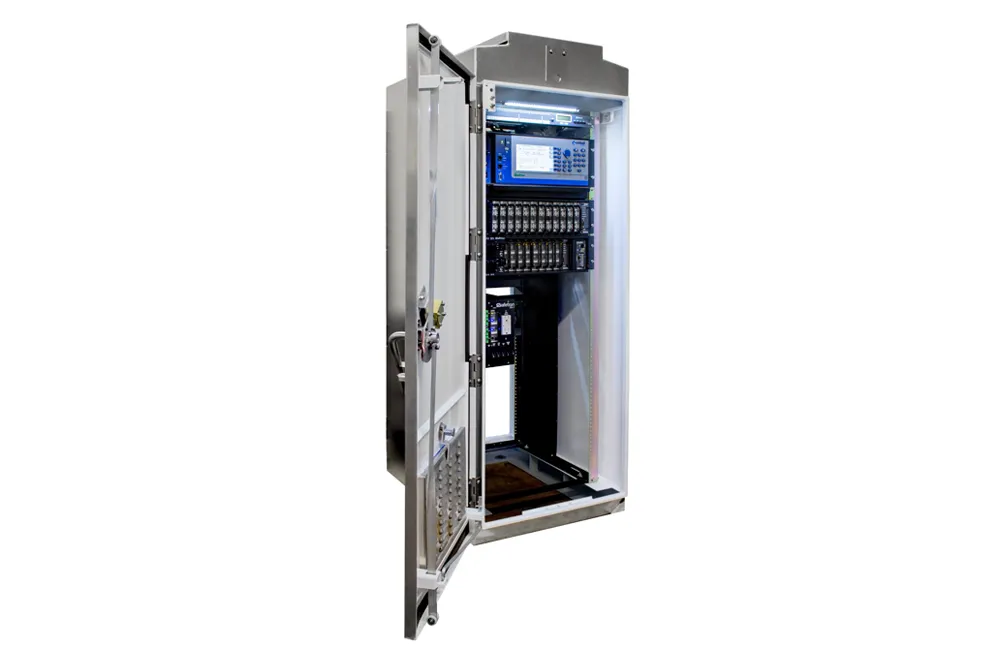Western Australia’s transportation agency, Main Roads, has prepared a report, Automated vehicles: Are we ready?, that highlights the implications of the introduction and wider use of automated vehicles (AVs), or driverless cars on Western Australian roads. The report says that AV technology is developing so rapidly that these cars may be seen on the Western Australia road network sooner than expected, fundamentally changing the transport network. Driverless trucks have been operating in some Western Austra
February 25, 2015
Read time: 2 mins
Western Australia’s transportation agency, Main Roads, has prepared a report, Automated vehicles: Are we ready?, that highlights the implications of the introduction and wider use of automated vehicles (AVs), or driverless cars on Western Australian roads.
The report says that AV technology is developing so rapidly that these cars may be seen on the Western Australia road network sooner than expected, fundamentally changing the transport network. Driverless trucks have been operating in some Western Australian mine sites for some time now, albeit with real-time control from the control centres in Perth
The report looks into how Main Roads, as a road agency, needs to be prepared for their introduction by identifying and implementing the changes and improvements that may be required to the infrastructure to enable safe operation of AVs.
The report highlights the potential implications for Main Roads of the introduction and wider use of AVs on its roads. It will inform Main Roads’ strategic decision-making process and position the organisation to appropriately respond to a potentially disruptive innovation, which could fundamentally change the transport landscape and society, and have profound implications for those agencies involved.
Steve Troughton, Main Roads’ managing director, says, “I want Main Roads to be well prepared for a future with automated vehicles. In collaboration with our portfolio agencies and other stakeholders, we should take a leading role to facilitate and adopt automated vehicles on our road network so that the Western Australian community can derive early benefits from this technology.”
The report says that AV technology is developing so rapidly that these cars may be seen on the Western Australia road network sooner than expected, fundamentally changing the transport network. Driverless trucks have been operating in some Western Australian mine sites for some time now, albeit with real-time control from the control centres in Perth
The report looks into how Main Roads, as a road agency, needs to be prepared for their introduction by identifying and implementing the changes and improvements that may be required to the infrastructure to enable safe operation of AVs.
The report highlights the potential implications for Main Roads of the introduction and wider use of AVs on its roads. It will inform Main Roads’ strategic decision-making process and position the organisation to appropriately respond to a potentially disruptive innovation, which could fundamentally change the transport landscape and society, and have profound implications for those agencies involved.
Steve Troughton, Main Roads’ managing director, says, “I want Main Roads to be well prepared for a future with automated vehicles. In collaboration with our portfolio agencies and other stakeholders, we should take a leading role to facilitate and adopt automated vehicles on our road network so that the Western Australian community can derive early benefits from this technology.”










